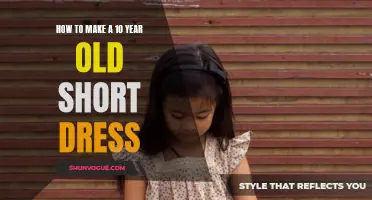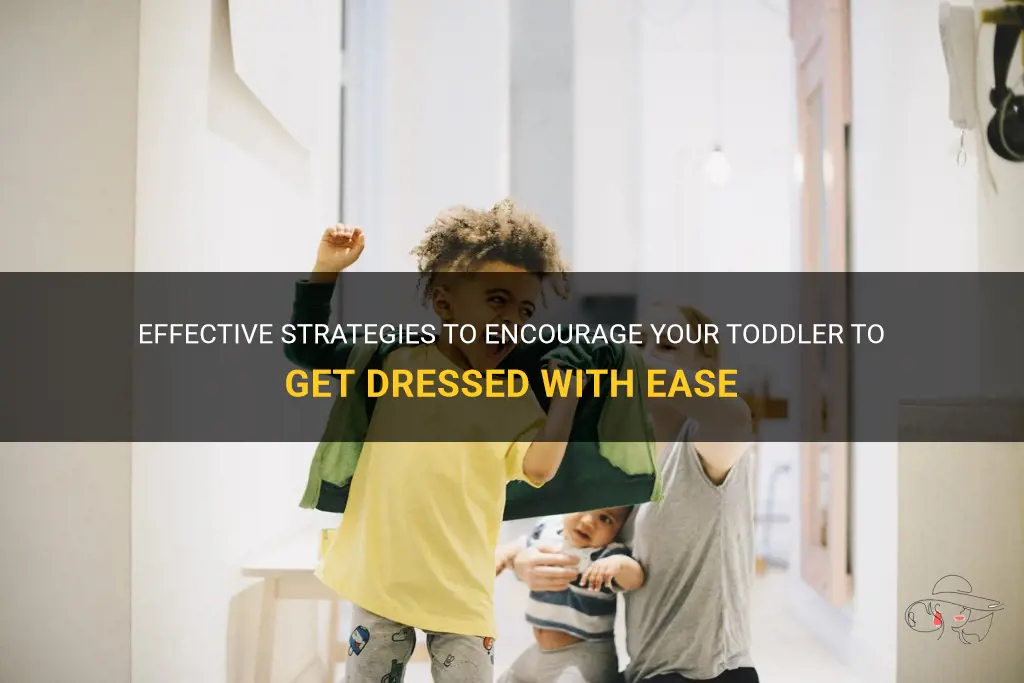
Getting a toddler to willingly get dressed can often seem like an Olympic-level feat of negotiation and persuasion. From sudden emergencies to unyielding tantrums, the struggle is very real. But fear not, parents, for we have gathered some helpful tips and tricks to navigate this daily challenge with ease. So, grab a cup of coffee and get ready to conquer the morning wardrobe wars!
| Characteristics | Values |
|---|---|
| Age range | Toddler (1-3 years old) |
| Communication | Use clear and simple language, give one instruction at a time, use visual cues (pictures or labels on drawers), use hand-over-hand technique to guide them |
| Independence | Encourage them to choose their own clothes, let them practice dressing themselves, provide clothes that are easy to put on and take off (with Velcro or elastic), give them enough time |
| Routines | Establish a predictable routine for getting dressed (e.g., always get dressed after breakfast), create a visual schedule or checklist |
| Positive reinforcement | Praise and reward their efforts, use stickers or small treats as incentives, engage in pretend play or role-play to make it fun |
| Patience | Understand that getting dressed may take longer and be prepared for some resistance or tantrums, give them extra time if needed, stay calm and patient |
| Role modeling | Demonstrate how to get dressed properly, let them see you getting dressed, involve older siblings or peers as role models |
| Simplify | Minimize distractions (e.g., turn off the TV), reduce clothing options to make choices easier, avoid complex clothing items (e.g., buttons or difficult zippers) |
| Morning routine | Wake them up with enough time to get dressed comfortably, create a calm and organized environment, establish a consistent sequence of tasks in the morning |
| Flexibility | Allow them to make some choices (within limits) to promote autonomy and cooperation, be open to their preferences (e.g., let them wear their favorite shirt) |
What You'll Learn
- What strategies can I use to encourage my toddler to get dressed without resistance?
- How can I make getting dressed a fun and exciting activity for my toddler?
- Are there any specific clothing choices that can make it easier for my toddler to dress themselves?
- How can I establish a consistent and structured routine for getting dressed with my toddler?
- Are there any effective rewards or incentives I can use to motivate my toddler to get dressed without trouble?

What strategies can I use to encourage my toddler to get dressed without resistance?
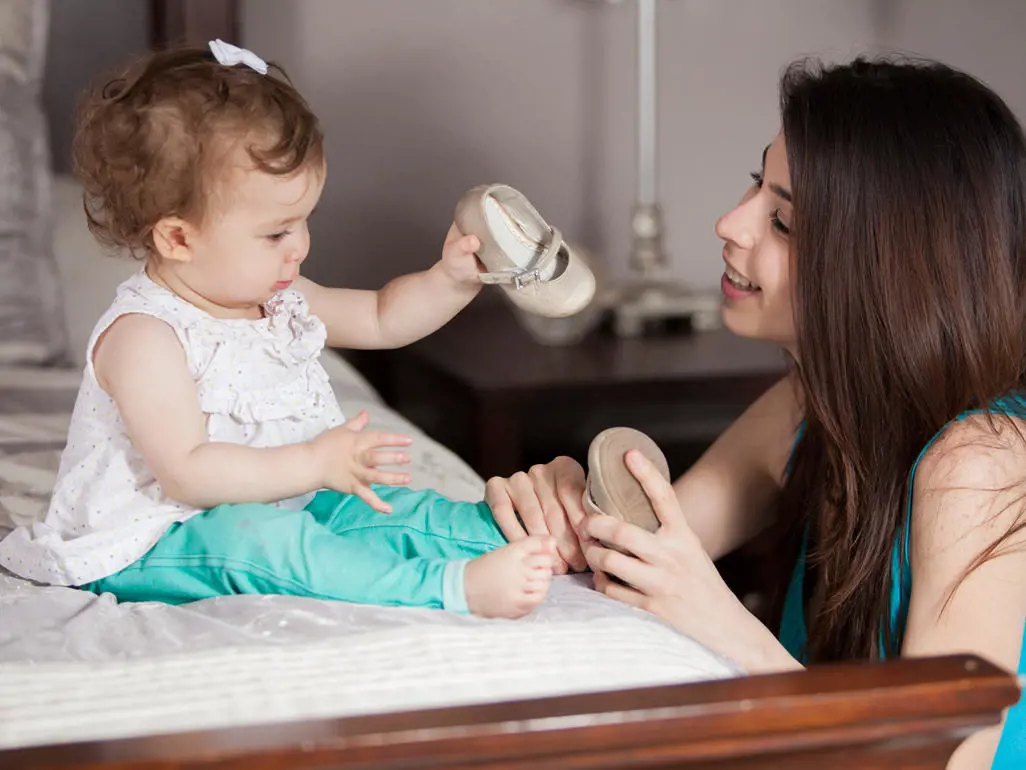
Encouraging a toddler to get dressed can be a challenging task for many parents. Toddlers are often resistant to getting dressed due to their increasing need for independence and their desire to assert control over their own bodies. However, with the right strategies and approach, parents can help their toddlers develop the necessary skills and confidence to get dressed without resistance. In this article, we will explore some effective strategies that parents can use to encourage their toddlers to get dressed.
- Establish a Routine: Toddlers thrive on routines and predictability. By establishing a consistent routine for getting dressed, you can help your toddler develop a sense of structure and security. Try to stick to the same order of dressing, such as starting with underwear, then pants, and finally a shirt. This will help your toddler understand what is expected of them and what comes next.
- Give Choices: Toddlers love to have a sense of control. Instead of dictating what your toddler should wear, give them a few options to choose from. For example, you can lay out two different shirts and let your toddler choose which one they want to wear. By giving them a choice, you acknowledge their autonomy and increase their motivation to cooperate.
- Make it Fun: Turning getting dressed into a fun and engaging activity can help motivate your toddler. Sing a silly song or play a game while getting dressed. You can also incorporate their favorite characters or superheroes into their clothes choices. For instance, if your toddler loves Spiderman, you can find a Spiderman t-shirt for them to wear. This will make getting dressed more enjoyable and less like a chore.
- Provide Assistance: Toddlers often struggle with fine motor skills, making it difficult for them to put on certain clothes, such as buttons or zippers. Offering assistance when needed can alleviate frustration and make the task more manageable for your toddler. Help them practice the skill until they feel confident enough to do it independently. Remember to praise their efforts along the way to boost their self-esteem.
- Offer Rewards: A little positive reinforcement can go a long way in motivating a toddler. Consider implementing a reward system for getting dressed without resistance. This can be as simple as a sticker chart, where your toddler earns a sticker each time they get dressed without a fuss. Once they collect a certain number of stickers, they can receive a small reward, such as a special outing or a favorite treat.
- Allow Extra Time: Rushing your toddler through the dressing process can often lead to resistance and tantrums. Allow plenty of time for your toddler to complete the task at their own pace. This will reduce stress and give them a sense of control over their own schedule. If possible, build extra time into the morning routine to accommodate any delays or unexpected difficulties.
- Be Patient and Understanding: It's important to remember that getting dressed is a skill that needs to be learned. Toddlers may struggle initially, but with patience and understanding, they will eventually develop the necessary skills and confidence. Avoid becoming frustrated or angry if your toddler resists getting dressed. Instead, offer reassurance and support, and try to identify any underlying issues that may be causing the resistance, such as discomfort or sensory sensitivities.
In conclusion, encouraging a toddler to get dressed without resistance requires patience, understanding, and a strategic approach. By establishing a routine, giving choices, making it fun, providing assistance, offering rewards, allowing extra time, and being patient, parents can help their toddlers develop the necessary skills and confidence to get dressed independently. Remember that each child is unique, and what works for one toddler may not work for another. Be flexible and willing to adapt your strategies to suit your child's individual needs and preferences. With time and consistency, your toddler will become more cooperative and confident in their ability to get dressed.
Do You Receive Better Treatment When You Dress Nicely? A Recent Study Reveals the Answer
You may want to see also

How can I make getting dressed a fun and exciting activity for my toddler?
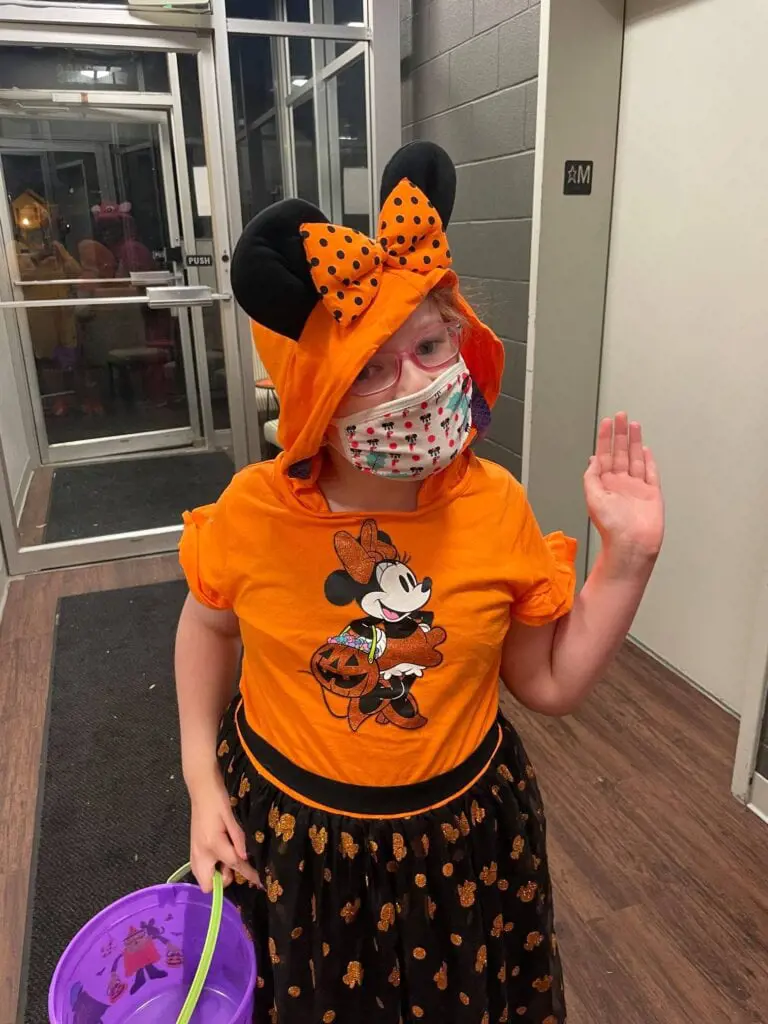
Getting dressed can often be a challenging and mundane task for toddlers. However, by approaching it in a fun and exciting way, you can turn this daily routine into an enjoyable activity for both you and your child. Here are some tips on how to make getting dressed a fun and exciting experience for your toddler.
- Create a special dressing area: Set up a dedicated space in your child's bedroom or play area where they can get dressed. Make it inviting and colorful with a child-sized chair or stool, a mirror, and some fun decorations. This will help make getting dressed feel like a special event.
- Let your toddler choose their outfit: Give your child some control over what they wear by allowing them to choose their own clothes. Lay out a few options that are appropriate for the weather and let them make the final decision. This will help nurture their sense of independence and make them feel more invested in the process.
- Turn getting dressed into a game: Make getting dressed a fun game by using colorful props and playful language. For example, you can pretend to be a fashion stylist and have your child strike different poses as you help them put on their clothes. You can also use a timer and challenge your child to get dressed before it runs out. This adds an element of excitement and competition to the task.
- Sing and dance while getting dressed: Engage your child's natural love for music by turning getting dressed into a mini dance party. Play some upbeat, toddler-friendly songs and encourage your child to move and groove while you help them put on their clothes. This not only adds a fun element to the activity but also helps develop their coordination and motor skills.
- Incorporate storytelling: Make getting dressed more engaging by telling a story about the clothes your child is putting on. For example, you can tell a tale about their favorite character wearing the same outfit or imagine that they are getting ready for an exciting adventure. This sparks their imagination and makes the activity more enjoyable.
- Provide positive reinforcement: Remember to praise your child's efforts throughout the process. This will boost their self-esteem and make them more eager to participate in getting dressed. You can use compliments, high-fives, or small rewards like stickers or a special treat to reinforce their positive behavior.
- Make it a routine: Consistency is key when it comes to turning getting dressed into a fun and exciting activity. Establish a regular routine and stick to it as much as possible. Having a predictable sequence of events will make your child feel secure and make getting dressed feel like an integral part of their day.
In conclusion, making getting dressed a fun and exciting experience for your toddler is all about creativity, involvement, and positive reinforcement. By creating an inviting dressing area, involving your child in the decision-making process, turning it into a game, incorporating music and storytelling, and providing positive reinforcement, you can transform this daily routine into a joyful experience for your toddler. Remember to be patient and flexible, as it may take some time for your child to adjust to the new approach. Ultimately, the goal is to foster a positive association with getting dressed and set the stage for a lifetime of independent self-care skills.
Countless Options for Finding Your Perfect Birthday Dress
You may want to see also

Are there any specific clothing choices that can make it easier for my toddler to dress themselves?
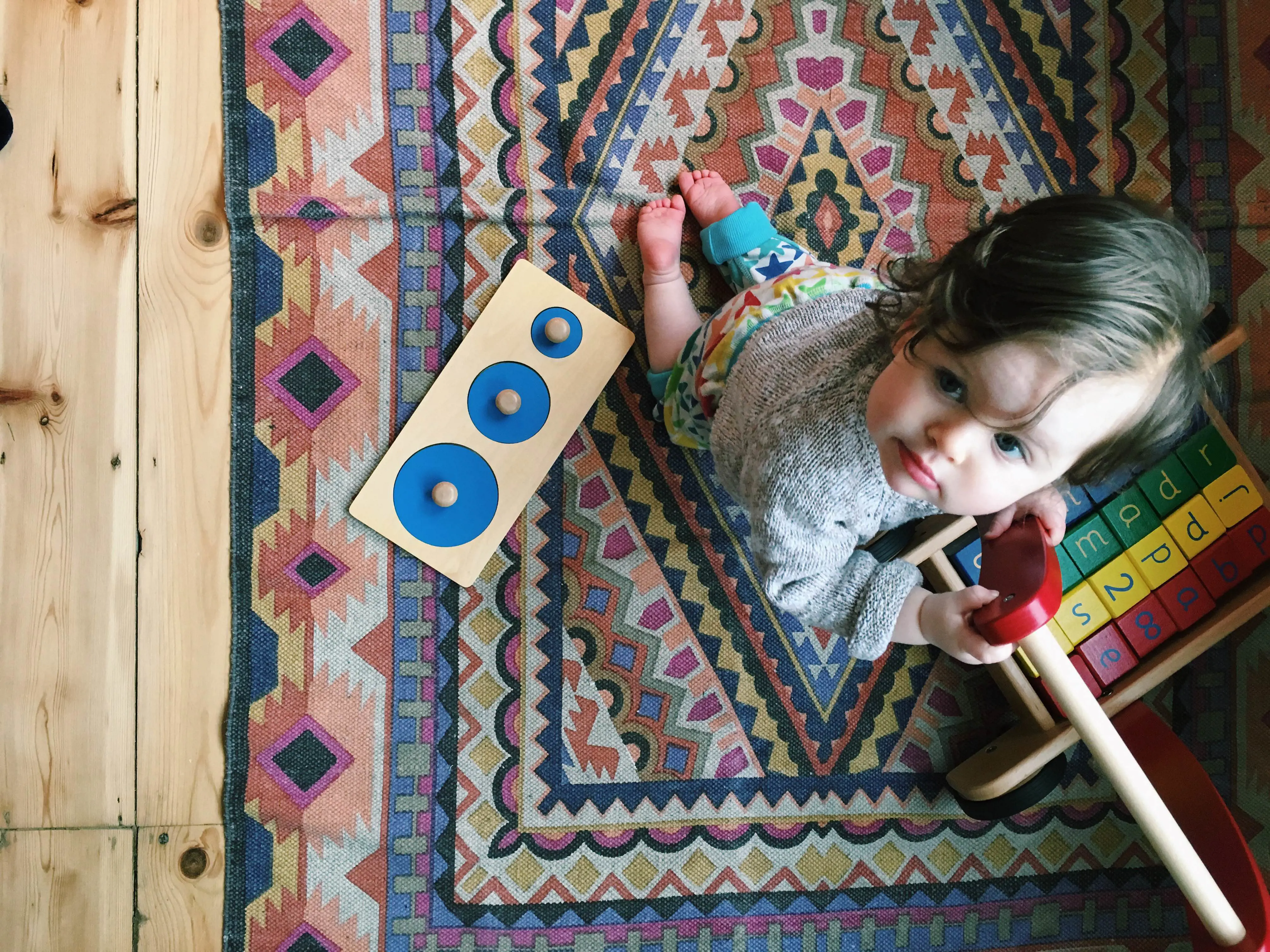
As toddlers continue to develop their fine motor skills, dressing themselves becomes an important milestone. However, many parents can attest to the struggles that come along with this task. The good news is that there are clothing choices that can make it easier for toddlers to dress themselves. Here are some tips to help ease the process:
- Choose clothes with simple closures: Opt for clothing with easy-to-use closures such as snaps, buttons, or hook-and-loop fasteners. These closures are easier for little hands to manipulate compared to zippers or traditional buttons. Look for pants with elastic waistbands that can be pulled up and down without the need for buttons or zippers.
- Use clothing with clear front and back indicators: Look for clothes that have clear indicators to help toddlers distinguish the front from the back. This could be a small tag on the back or a different design on the front. Visual cues like these can make it easier for toddlers to orient themselves when dressing.
- Consider one-piece outfits: One-piece outfits, such as overalls or rompers, can be simpler for toddlers to handle compared to separate shirts and pants. They eliminate the need for coordinating multiple pieces and can be easily slipped on and off.
- Opt for stretchy fabrics: Clothing made from stretchy fabrics, such as cotton or jersey, can be more forgiving and easier for toddlers to put on themselves. These fabrics allow for more flexibility and movement, making it easier for little ones to navigate their arms and legs through the openings.
- Provide clothing assistance tools: In addition to clothing choices, there are also tools that can help toddlers dress themselves. For example, zipper pulls or button hooks can make it easier for toddlers to manipulate zippers and buttons on their own. These tools provide added support and encourage independence.
- Encourage practice: Lastly, encourage your toddler to practice dressing themselves regularly. This will help them develop their fine motor skills and build confidence. Start with simpler clothing choices and gradually introduce more complex closures as their skills improve.
Remember, every child develops at their own pace, and it's important to be patient and supportive during the dressing process. By choosing clothing options that are suitable for their developmental stage and providing the necessary tools and encouragement, you can help your toddler gain independence and confidence in dressing themselves.
Can Assisted Living Facilities Help with Dressing? Understanding Their Role
You may want to see also

How can I establish a consistent and structured routine for getting dressed with my toddler?
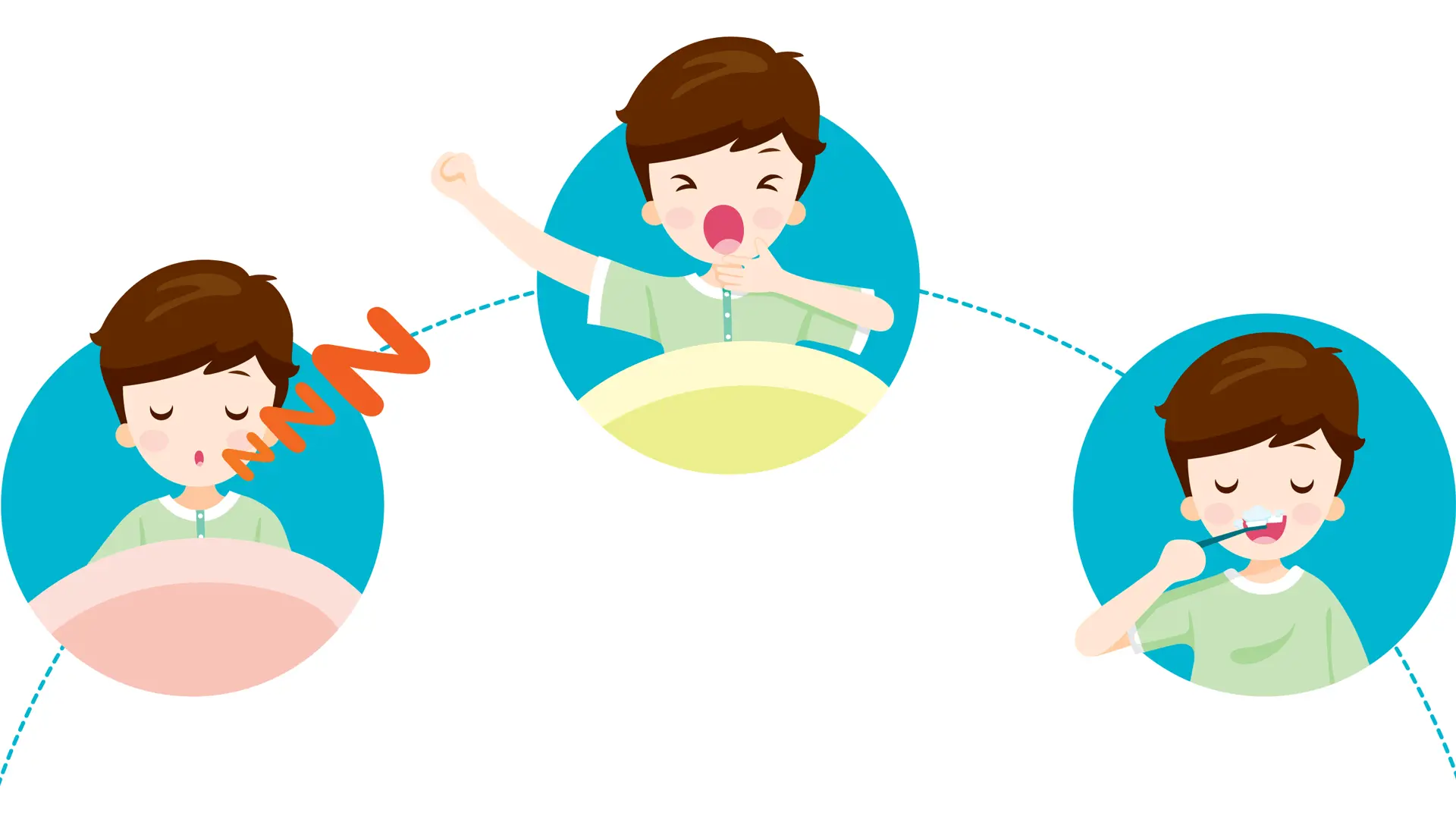
Getting dressed can be a daily struggle when it comes to toddlers. They are known to be curious, energetic, and easily distracted, making it challenging to get them ready in a timely manner. However, establishing a consistent and structured routine can help make the process smoother for both you and your toddler.
Research has shown that routines play a crucial role in child development. They provide a sense of security, help children understand expectations, and promote self-regulation skills. A consistent and structured routine for getting dressed can create a predictable environment and reduce the likelihood of power struggles between you and your toddler.
Here are some steps to help establish a consistent and structured routine for getting dressed with your toddler:
Step 1: Set a designated time
Choose a specific time each day for getting dressed. Having a regular schedule will help your toddler develop a sense of routine and understand that getting dressed is a daily activity. Consistency is key.
Step 2: Create a visual schedule
Visual schedules are an effective way to help toddlers understand the sequence of tasks and provide a visual representation of the routine. You can create a simple visual schedule using pictures or drawings of the steps involved in getting dressed. Display the schedule in a visible area and refer to it consistently.
Step 3: Make it a game
Toddlers are more likely to cooperate when they find an activity enjoyable. Turn getting dressed into a game by incorporating playful elements. For example, you can pretend you are dressing up as superheroes or animals. Use fun accessories like hats or capes to make it more exciting for your child.
Step 4: Give choices and autonomy
Allow your toddler to have some control over the process by offering choices within limits. For example, let them choose between two outfits or decide which sock they want to put on first. This encourages their independence and reduces power struggles.
Step 5: Break it down into small steps
Breaking the task of getting dressed into smaller, manageable steps can make it less overwhelming for your toddler. Instead of saying, "Get dressed," break it down into individual steps, such as "Put on your pants," "Put on your shirt," and so on. This approach helps your toddler understand the expectations and increases their chances of success.
Step 6: Use positive reinforcement
Positive reinforcement is a powerful motivator for toddlers. Praise your child when they complete each step or accomplish the task of getting dressed. You can use verbal praise, high-fives, or even small rewards like stickers or a special activity after getting dressed. This positive feedback will reinforce the desired behavior and make getting dressed a more positive experience for your toddler.
Step 7: Be patient and allow extra time
Remember that toddlers are still developing their motor skills and independence. Be patient and allow extra time for getting dressed. Rushing the process can lead to frustration for both you and your child. By giving them enough time, you can reduce stress and create a calm and positive environment.
Example scenario:
Let's say it's morning, and you're planning to go to the park with your toddler. Here's how you can implement the routine:
- Set the designated time: For example, every morning at 9 a.m., it's time to get dressed.
- Create a visual schedule: Make a visual schedule with pictures or drawings representing the steps involved in getting dressed and display it in a visible area.
- Make it a game: Pretend you both are going to the park as superheroes. Take turns choosing your superhero outfits and have fun with it.
- Give choices and autonomy: Let your toddler choose which superhero shirt they want to wear and which superhero mask to put on first.
- Break it down into small steps: Instead of asking your toddler to "get dressed," guide them through each step, such as "Put on your superhero shirt" and "Put on your superhero mask."
- Use positive reinforcement: Praise your child when they complete each step or when they are fully dressed. This can include saying things like, "Wow, you look amazing as a superhero!"
- Be patient and allow extra time: Allow enough time for your toddler to carry out each step at their own pace without rushing.
By consistently following this routine, your toddler will become more familiar with the process of getting dressed, and it will gradually become a smoother and less challenging task. Remember to adapt the routine to suit your child's individual needs and preferences, but overall, providing structure and consistency will help establish a positive dressing routine for your toddler.
Exploring the Dress Code Debate: How Do Golf Courses Handle Women's Attire?
You may want to see also

Are there any effective rewards or incentives I can use to motivate my toddler to get dressed without trouble?
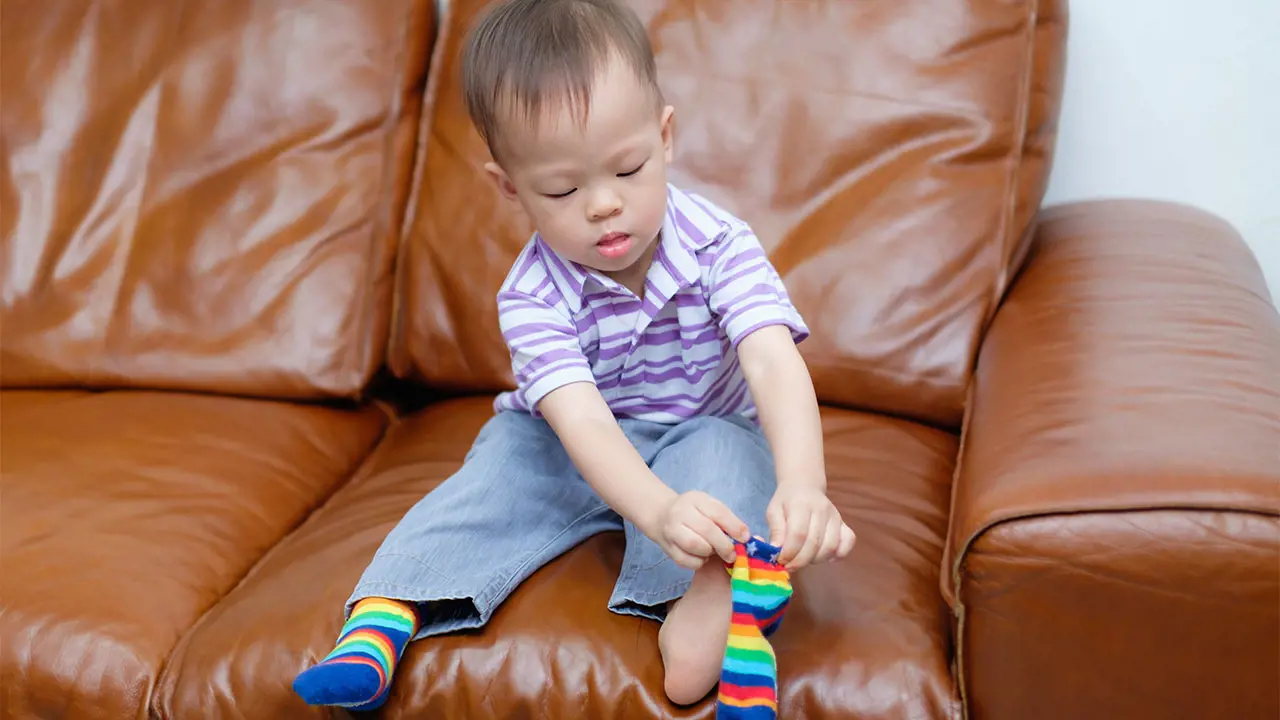
Getting a toddler dressed can often be a battle. They may resist getting dressed or express a strong preference for certain articles of clothing. As a parent, it can be frustrating to deal with these daily struggles. Fortunately, there are strategies you can use to motivate your toddler to get dressed without trouble. One effective approach is to use rewards and incentives.
Rewards and incentives can be powerful motivators for toddlers, as they provide an immediate and tangible benefit for their desired behavior. However, it is important to use rewards in a thoughtful and strategic way to ensure positive outcomes. Here are some tips on using rewards and incentives effectively:
- Choose age-appropriate rewards: Toddlers are motivated by simple, immediate rewards that they can understand and enjoy. Choose rewards that are age-appropriate and meaningful to your child. It could be a small toy, a special treat, or extra playtime.
- Set clear expectations: Before introducing rewards, make sure your toddler understands what is expected of them. Use simple and specific language to explain the behavior you want to encourage, such as "We need to get dressed in the morning before going out."
- Reinforce positive behavior: When your toddler gets dressed without trouble, acknowledge and praise their efforts. Positive reinforcement can be a powerful motivator in itself. You could say, "Great job getting dressed so quickly! Now we can go to the park."
- Create a visual reminder: Some toddlers respond well to visual cues. Create a simple chart or checklist that shows the steps of getting dressed. Use pictures or words that your child can understand. As your child completes each step, they can earn a sticker or checkmark, which can serve as a visual representation of progress.
- Make it a game: Turn getting dressed into a fun activity by making it a game. For example, you could challenge your child to see who can get dressed the fastest or play dress-up with their favorite stuffed animals. Adding an element of fun and playfulness can make the process more enjoyable and motivating for your toddler.
- Offer choices: Toddlers love having a sense of control. Instead of forcing your child to wear a specific outfit, offer them a choice between two or three options. This can give them a sense of independence and ownership over their decisions, making them more likely to cooperate.
- Be consistent: Consistency is key when using rewards and incentives. Make sure to consistently reinforce positive behavior and provide the promised rewards. This will help your child understand that getting dressed without trouble is expected, and they will be rewarded for their efforts.
Remember that every child is different, and what motivates one child may not work for another. It may take some trial and error to find the right rewards and incentives that work for your toddler. Be patient and keep experimenting until you find what works best for your child.
In summary, using rewards and incentives can be an effective strategy to motivate your toddler to get dressed without trouble. Choose age-appropriate rewards, set clear expectations, reinforce positive behavior, create visual reminders, make it a fun game, offer choices, and be consistent. By implementing these strategies, you can turn getting dressed into a more enjoyable and cooperative experience for both you and your toddler.
Achieve Smooth and Wrinkle-Free Dress Shoes with These Proven Techniques
You may want to see also
Frequently asked questions
One way to avoid a fight when getting your toddler dressed is to give them some control over the process. Offer them choices, such as "Do you want to wear the red shirt or the blue shirt?" or "Would you like to put your pants on first or your shirt?" By giving them options, you're allowing them to feel more involved and empowered, which could help reduce resistance.
If your toddler refuses to get dressed, it can be helpful to make the experience more fun and engaging. You can try turning getting dressed into a game or singing a song while you help them put on their clothes. You could also offer a small reward or incentive to encourage their cooperation, such as a sticker or a special treat after they're dressed.
Establishing a consistent routine can make getting dressed easier for both you and your toddler. Choose a specific time each day to get dressed, such as right after breakfast or before heading out for a morning walk. By making it a regular part of their schedule, your toddler will come to expect and anticipate getting dressed at that time, which can help reduce resistance. Additionally, having a set routine helps create a sense of predictability and structure, which can be comforting for young children.





